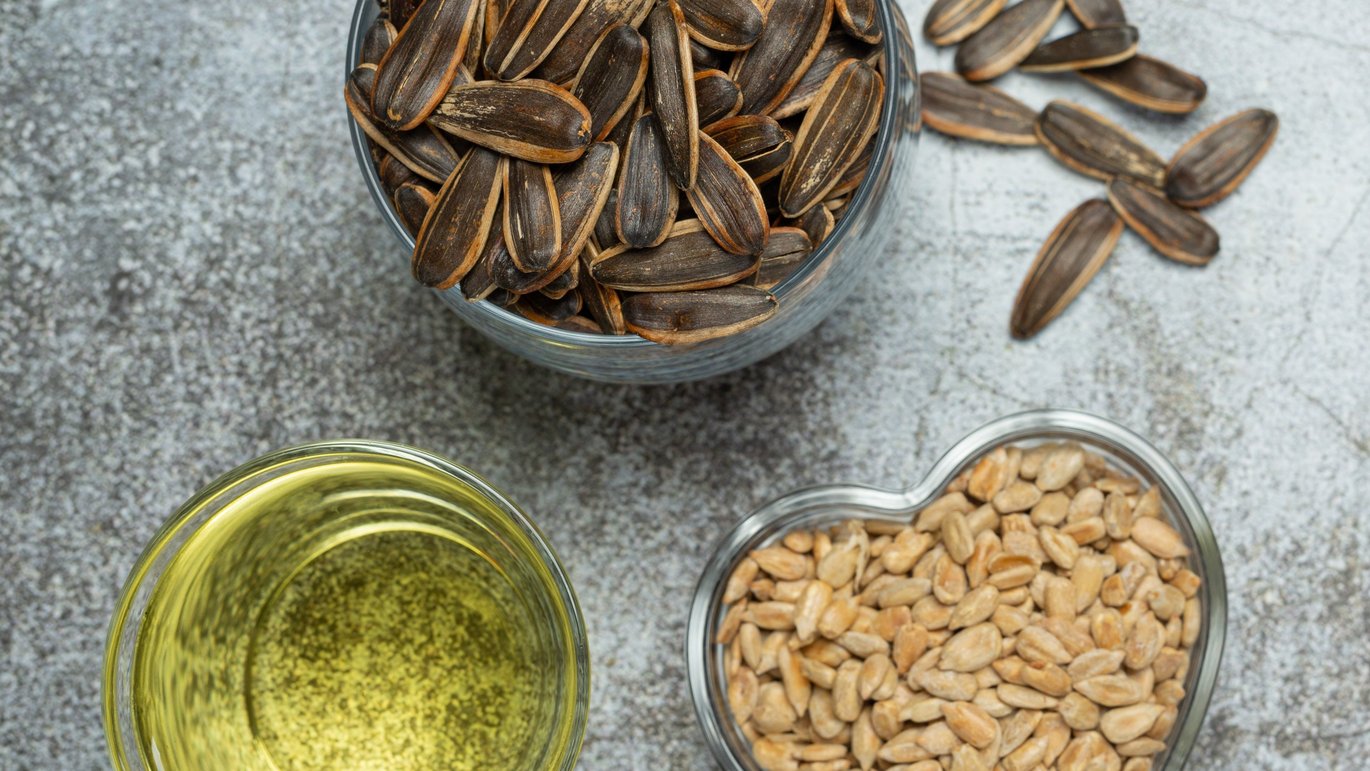Oilseed by-products as potential source of antioxidants and essential fatty acids
14 different organic and non-organic by-products from the oilseed industry were analyzed for their nutritional profile, showing that most oilseed by-products have a potential to serve as a source of antioxidants and essential fatty acids in new bakery products.


It is already known that oilseed by-products contain various phenolic compounds, like tocopherols, carotenoids, flavonoids, phenolic acids, lignins and tannins, that all have high values of antioxidant capacity. Also, these by-products contain significant amounts of polyunsaturated fatty acids which are required in a good balanced diet. Therefore, byproducts from the oil industry might be able to replace synthetic additives in bakery products as they serve as a natural and cheap source of antioxidants and essential fatty acids. These compounds are also of interest due to their antiinflammatory activity, their antiallergenic and antimicrobial properties, and their cytotoxic antitumor activities. They are also known to reduce both the risk of cardiovascular diseases and the oxidative damage caused by reactive oxygen species in the human body. To evaluate the applicability of various oilseed by-products in the PROVIDE project, the total polyphenolic, the flavonoid content, the antioxidant capacity as well the fatty acid composition was determined for 14 different by-product samples from Romania. To assess differences between various by-product types, the following samples were studied: flours (sea buckthorn, hemp, walnut, grape seed), meals (rapeseed, sunflower, black sesame, red grape seed, golden flax, thistle) and groats (sesame, thistle, coriander, sunflower). In addition, the antioxidant activity was evaluated for each sample by comparing different methods (DPPH, FRAP, CUPRAC and ABTS).
Results
The conducted analysis has shown differences between the by-product type, but overall, all samples had a high antioxidant activity rich in phenolic compounds and a high content of essential fatty acids, which makes them a suitable ingredient for bakeries, as they can improve the nutritional quality of food products. In the chosen samples, the amounts of phenolic compounds were between 1.54 and 74.85 mg gallic acid per gram for sunflower groats and grape seed flour, respectively. It was also shown that by-products in form of flour tend to have a higher antioxidant capacity than meals and groats. Here, the highest antioxidant capacity was found for grape seed flour, but walnut flour, sunflower meals, and rapeseed meals are a great source of antioxidants, as well. The by-products analysed had a significant amount of polyunsaturated fatty acids, being rich in ω-6 and ω-3 essential acids. Walnut flour and grape seed flour are sources of ω-6 linoleic acid (>60%). The content of ω-3 linolenic acid was high in hemp flour (33.22%), red grape seeds meals (33.62%), and golden flax meals (64.5%).
A detailed summary of the results from the analysis of the nutritional composition of oilseed byproducts can be found in Foods (https://doi.org/10.3390/foods11030253) and Sustainability (https://doi.org/10.3390/su14042039).
Relevant links
Webpage: www.project-provide.eu
Twitter: ProjectProvide6
Facebook: ProvideSusfood2
Authors
Nastasia Belc, National Institute of Research and Development for Food Bioresources – IBA Bucharest, nastasia.belc@bioresurse.ro Michael Rychlik, Technical University of Munich, michael.rychlik@tum.de, www.alc.wzw.tum.de Sophie Scheibenzuber, Technical University of Munich, sophie.scheibenzuber@tum.de, www.alc.wzw.tum.de
Editor: Karin Ullven, EPOK / Design: Christine Dilling, ICROFS
